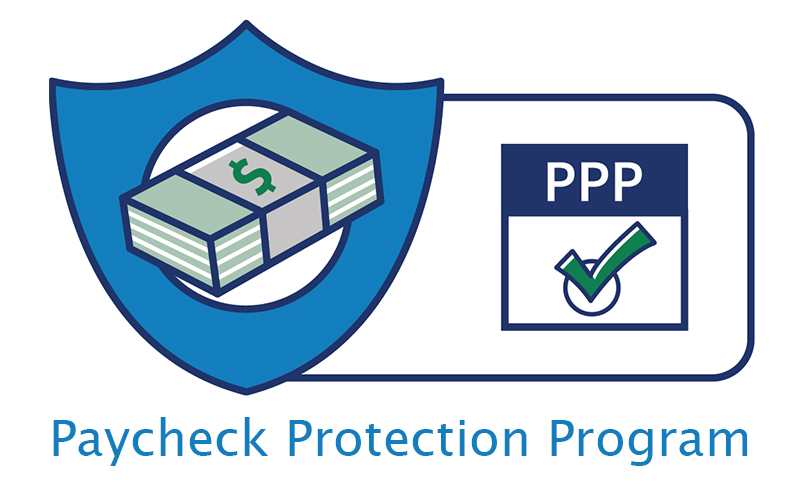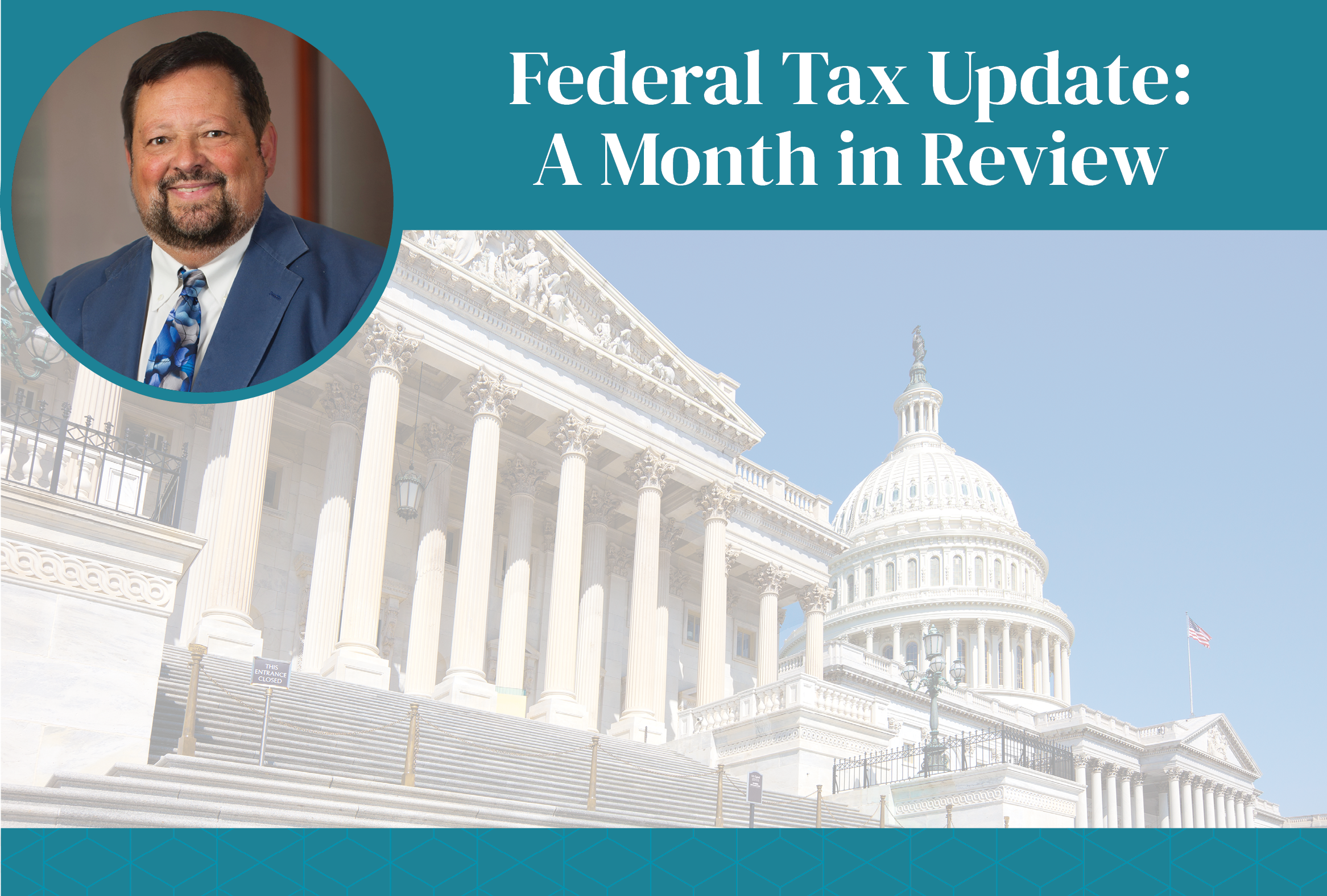January 12th, 2021
New COVID-19 Relief Legislation Contains Paycheck Protection Program Modifications
Posted in: Business Law Featured Tax Law Tagged: Coronavirus, Mark W. Schweighofer

The Consolidated Appropriations Act, 2021, passed by Congress and signed by the President on December 27, 2020 as part of the Federal government’s continuing response to the COVID-19 pandemic, contains significant modifications to the Paycheck Protection Program (PPP). The first round of PPP funding provided a needed lifeline to businesses in the form of forgivable loans backed by the Small Business Administration; to be eligible for loan forgiveness, the borrowers are required to spend the PPP funds on payroll, rent and certain other approved expenses. The Act reauthorizes over $284 billion dollars of funding for the program, liberalizes the categories of expenses that are eligible for loan forgiveness and, in certain instances, allows businesses to apply for a second loan under the program. In addition, the Act clarifies that expenses paid with PPP funds may be deducted for income tax purposes. This clarification reverses prior guidance issued by the Internal Revenue Service, which had held such expenses were nondeductible.
While most of the rules around the original PPP continue to apply, the Act contains many important changes and modifications. Critically for businesses that are continuing to struggle under the weight of the pandemic, businesses who previously received a PPP loan in the initial round of funding are now eligible to seek a second loan in certain instances. Businesses that are eligible for a second loan must:
- Employ not more than 300 employees (as compared to 500 employees for first-time borrowers); and
- Demonstrate a 25% reduction in gross receipts for any of the first, second, third or fourth quarter of 2020 as compared to the same quarter(s) in 2019.
Special rules apply for businesses that were not in operation for some or all of 2019. In addition, under the Act, the maximum amount is capped at $2,000,000 (provided, however, that the total loan amount under both rounds may not exceed $10,000,000).
While most businesses continue to calculate their eligible loan amount based on 2.5 times their average monthly payroll, businesses that operate under NAICS code 72 (generally hotels, restaurants and other hospitality operations) calculate their borrowing amount based on 3.5 times average monthly payroll (subject to the $2M/$10M cap). Certain businesses are ineligible for additional borrowing, including those businesses with certain ownership and/or management relationships with persons and entities from the People’s Republic of China and the Special Administrative Region of Hong Kong.
In addition to the expanded borrowing, the Act made significant changes to the rules governing the permissible uses of PPP funds. In the first round of funding, borrowers were required to designate a period of 8 or 24 weeks as a “covered period” to utilize their PPP funds, starting on the loan disbursement date. The Act allows borrowers to select any covered period between 8 and 24 weeks following the date of disbursement. Under the original PPP, borrowers were eligible for forgiveness only with respect to expense related to payroll costs, rent, certain mortgage payments and certain utility payments. In addition, under the original PPP, at least 60% of the amount forgiven was required to be spent on payroll costs.
While the Act retains the 60% requirement for payroll expenses, it added new expense categories that are eligible for forgiveness. Now, in addition to the expenses noted above, businesses can use PPP funds to pay certain operational expenditures (generally, expenses with cloud computing, software and human resource needs), property damage costs (amounts expended to repair property damage arising from looting or vandalism due to unrest in 2020), supplier costs (amounts for goods and services that are essential to the business) and expenses incurred by the business in connection with purchasing personal protective equipment and related costs to comply with certain public health and safety rules and guidelines).
The Act further provides that loan forgiveness under the PPP will not be reduced by the amount of any economic injury disaster loan grant. The Act also directs the SBA to generate a simplified loan forgiveness application for loans of $150,000 or less. The simplified forgiveness application will be no more than a page in length and will only require the borrower to provide certain minimum information, including the number of employees, the estimated amount used on payroll costs and the total loan amount). Based on guidance to date, the existing loan forgiveness procedures for loans in excess of $150,000 remain unchanged.
Like the first round of PPP, Stein Sperling anticipates that the SBA will issue clarifying guidance and additional interim final rules with respect to the administration of the changes contemplated by the Act. This article will be updated as that guidance is announced.
You can find more on issues affecting businesses and individuals in our COVID-19 Resource Center.





